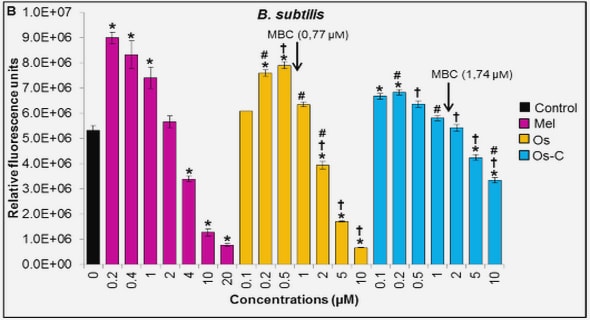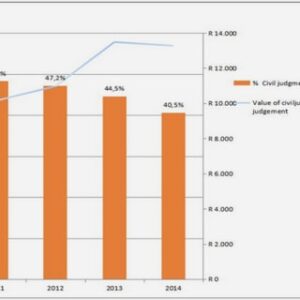(Downloads - 0)
For more info about our services contact : help@bestpfe.com
Table of contents
I. Introduction
II. State of the art
2.1. Food oral processing
2.2. Food texture perception
2.3. Food texture characterization
2.3.1. Sensory Methods
2.3.2. Instrumental Methods
2.3.2.1 Bulk Rheology
2.3.2.2 Tribology
2.3.2.3 A novel ultrasound based technique
2.4. Objective of the thesis
III. Ultrasound monitoring of a deformable tongue-food gel system during uniaxial compression–an in vitro study
3.1. Introduction
3.2. Materials and methods
3.2.1. Preparation and characterization of food gels
3.2.2. Preparation and characterization of the artificial tongue models
3.2.3. Ultrasound measurements
3.2.4. Signal processing
3.3. Results and discussion
3.3.1. Characterizing the deformation of the artificial tongue models—ToF
3.3.2. Analysis of the tongue model-food gel interface—R*
3.4. Conclusions
IV. Texture contrast: ultrasonic characterization of stacked gels’ deformation during compression on a biomimicking tongue
4.1. Introduction
4.2. Materials and methods
4.2.1. Preparation of the stacked gels
4.2.2. Preparation of the artificial tongue model
4.2.3. Test sequence and ultrasound measurements
4.2.4. Signal analysis
4.2.5. Data Processing
4.3. Results and discussion
4.3.1. Impact of gel properties on the deformation of the artificial tongue model
4.3.2. Distribution of deformation: the tongue-food system
4.4. Conclusions
V. Towards a new biomimetic setup
V (A). Setup development
5a.1. Requirements of the system
5a.2. Setting up the device
5a.2.1. Mechanical design
5a.2.2. Electronic elements
5a.2.3. Development of custom-made parts
5a.2.4. Design of a user-machine interface
5a.3. Proof of concept study
V (B). A new biomimetic set-up to understand the role of the kinematic, mechanical, and surface characteristics of the tongue in food oral tribological studies
5b.1. Introduction
5b.2. Materials and methods
5b.2.1. Model food system
5b.2.2. Development of the bio-mimicking tongue-palate set-up
5b.2.3. Test protocol
5b.2.4. Data processing and set-up validation
5b.3. Results and discussion
5b.3.1. Role of food matrix viscosity and heterogeneity
5b.3.2. Role of surface roughness
5b.3.3. Role of operational parameters: normal stress and shearing velocity
5b.3.4. Role of TMS rigidity
5b.4. Conclusions
VI. General Discussion
6.1. Towards more realistic in vitro setups
6.2. Finding the sensory links
VII. Conclusion & future prospects



